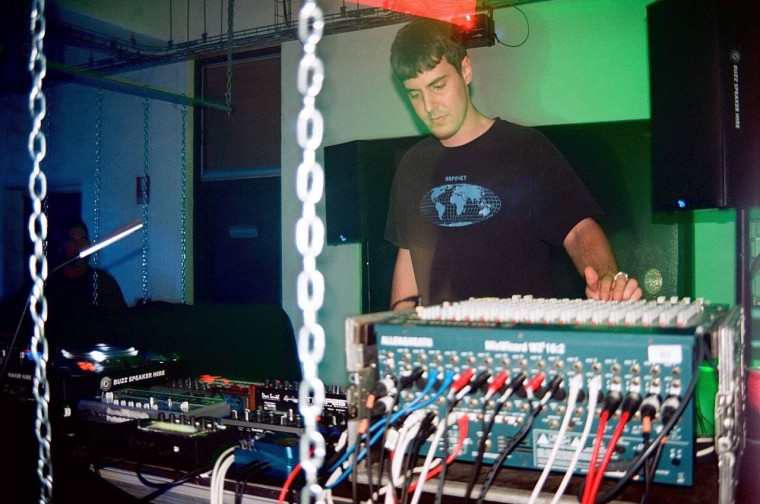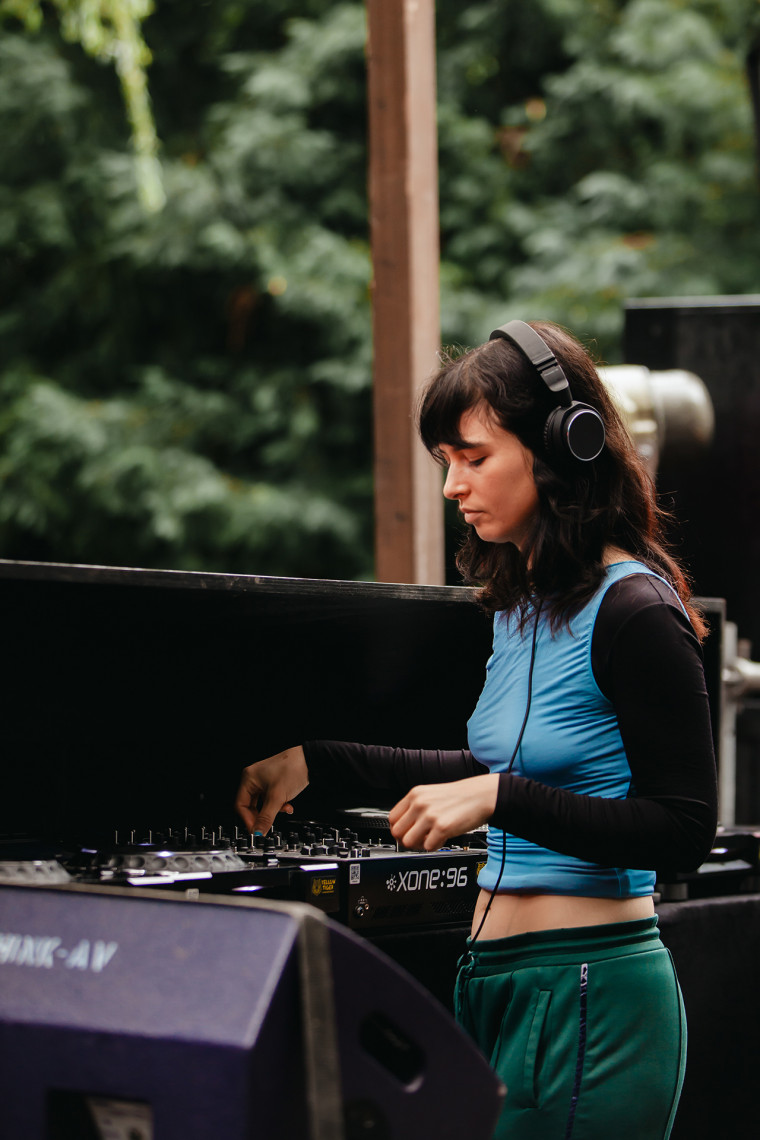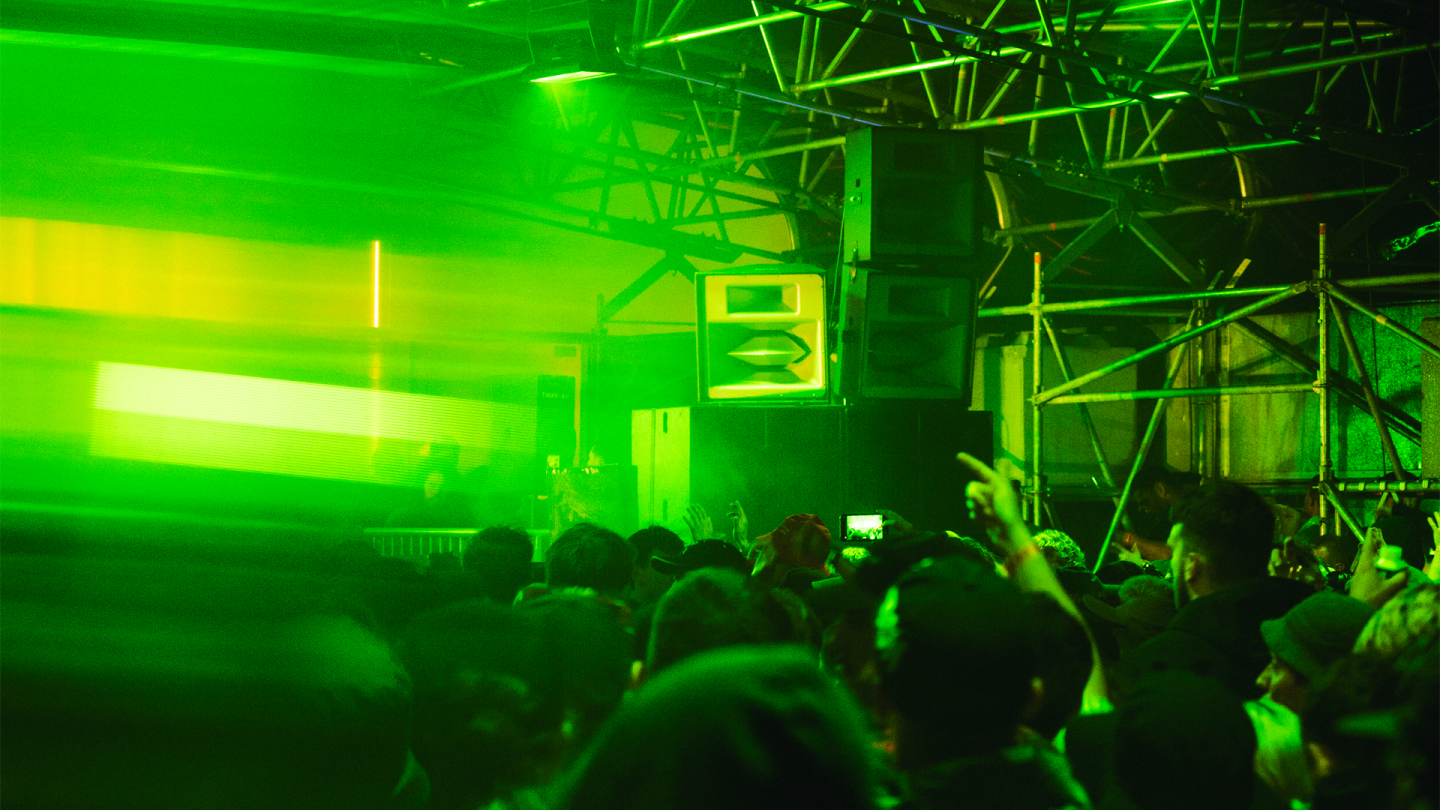Trends come and go so some might argue that Australia’s DJs and producers are simply having a moment on the international scene.
In reality, they’re cementing their space, settling into, and evolving their sonic textures. All the while, they’re attuning ears to the unique sounds coming from the country’s small, but mighty, music community. Those already familiar with today’s Aussie sound might describe it as psychedelic and progressive. But scratch the country’s sunburnt surface and you’ll find productions across the spectrum: from soundscape-driven ambient productions to grooving tech-house and flickering drum and bass.
Words by Isabella Ubaldi
Drawn from the wild and expansive nature, the tight-knit community, and the way that local audiences consume music, Aussie electronic artists have a knack for tapping into broader trends and adding their own twist. They’re less bound by traditions or predefined musical identities meaning they can inject depth, range, and a touch of intrigue to the global electronic scene. Aussie producers can add a point-of-difference to something we’ve already come to know — just like a knob of Vegemite can transform sautéed mushrooms from predictable to seductive.
Kate Miller, Kia Sydney, and Lucas Hatzisavas — aka Reptant — are some of the Aussies exporting the sound and scene from south-eastern Australia, specifically Melbourne/Naarm and Sydney/Eora. And, while there are many influential and prolific artists hailing from Perth and Western Australia — think Roza Terenzi and Guy Contact — this article nods specifically to music from the East Coast.
"There’s a lot of different niche pockets Australia-wide that can be reflected in the Melbourne scene alone" - Reptant
In broad terms, the evolution is about the exploration of tempos across the spectrum. “There’s a lot of different niche pockets Australia-wide that can be reflected in the Melbourne scene alone. You have more straightforward dance music producers making functional progressive dance floor groovers but on the other hand you have your ‘IDM’ and ‘DnB’ heads going deeper down those faster BPM routes,” says Lucas. The prolific Melbourne-based producer, DJ and LKR label boss started producing hip hop when he was 16, performed his first live set in his teenage years and now champions modern, exploratory, break-infused electro.

“As the sound evolves so does experimentation with tempo, rather than genres…it’s about creating an energy and a mood. I think that’s what’s really interesting to people,” says Kia. As Animalia label boss and DJ, Kia is known as a major player serving Australia’s psy-adjacent techno producers to global audiences. Through her Animix series and Animalia events, she’s created a platform that highlights this style of production without having to alter it to global tastes.
Kate Miller reflects the tempo-driven sentiment. The Melbourne-based DJ heads up Body Verse: a label, podcast and event series which broadly focuses on rhythm. Her narrative-driven sets shift seamlessly between moods and genres, they’re far-reaching mixes which carve surprising, yet cohesive journeys. Miller spent 10 years in Berlin studying and co-organising the Oscillate parties at ://About Blank. “I got really into percussive loops during my time at UdK in Berlin, where I studied a Master of Sonic Arts.” Her work there included building a sound installation based on 60 percussive loops of her own that were built into locked groove vinyl played slightly out of time across six turntables. The results gave “...really interesting effects like phasing in and out of time, delay, echo, canon and emergent patterns. And that project has really stayed with me since then,” says Miller.
"As the sound evolves so does experimentation with tempo, rather than genres…it’s about creating an energy and a mood. I think that’s what’s really interesting to people." - Kia
At the calmer end of Australia’s emerging sound, artists like Zara, LOIF and Command D bring half time to the fore which, Lucas says, is “stemming from a niche D’N’B scene.” On a similar tangent, Miller says that the Australian environment influences the sound. “The landscape definitely has a huge influence on the music here. You can hear the sense of space and nature. Artists like Philip Stroud, Sleep D, Alex Albrecht, Cousin, Freda, OK EG, Rings Around Saturn… use a lot of reverb, field recordings, samples of Australian wildlife, and tend to have a sense of openness to their music.”
At the clubby end of the spectrum, tempos are getting faster and there's a dialogue and familiarity with some international scenes, especially from The Netherlands. Kia notes that Dutch native, Woody92, is popular in Australia because he plays music that’s organic in the way that it can drop you into a bassline, but has polyrhythms that add cerebral elements. Kia says “...people are obsessed with him. His style, for example, is already really big in Sydney.” She also notes that the broader “Dekmantel bookings this year were leaning towards that psychedelic sound. And there have been some crossovers with the bookings at Dekmantel and the Animals Dancing parties in Australia.”

Overall, the Aussie-Dutch friendship is about a connection to a more colourful style. “It's still techno / trance, but it’s not like Berlin techno or Copenhagen techno…it's a little bit more weird and fruity,” says Kia. “Dutch and Aussies always seem to get along, in the first place. We can be silly and sarcastic and there’s a general looseness.” Australians are known for not taking themselves too seriously and this plays out in the music and on dance floors. After all, CC:Disco!’s catch cry is “less chin stroking, more dancing.” On this, Miller says “I’ve noticed since being back that there are so many tongue-in-cheek remixes of old hits, tracks that go a bit too hard towards the donk side of things, and kind of over-the-top samples that are totally understood to be ironic and a bit of fun.”
A general openness and influence from the surrounding nature is incorporated into the productions and also serves as the backdrop for how Aussies absorb electronic music. Many have developed an ear for it outdoors: either at city day parties or at independent camping festivals, 300-500 person Bush Doofs, and larger psytrance events. Experiences at these festivals also tend to inform Australian productions. Lucas is currently on an extended tour through Europe DJing and showcasing a live performance which he says was “...very inspired by the approach and structure of Higher Intelligence Agency’s live set witnessed at the final Inner Varnika festival earlier this year.”
Australia’s geolocation is a factor building and influencing its musical culture. Across 10 years of operation, Inner Varnika perhaps became one of the most successful independent camping festivals that showcased the best of local and global music pioneers. The silliness of its ‘Suit Sunday’ outfit theme for the festival’s final day juxtaposed a serious soundsystem, lineups and setup that were largely inspired by Japan’s Labyrinth festival. It did away with the ‘lifestyle and arts’ element of an outdoor festival and was a music festival set up for music lovers and audiophiles. Taking a wider lens, the connection between nature and techno extends broadly throughout the Asia Pacific region with the likes of Organik Festival in Taiwan and other “...smaller trance festivals that are popping up [in the region] which is really interesting,” says Kia. She continues, “It seems like people are realising more and more the connection between the sound and the environment…there are some more interesting, eclectic lineups being created because they’re more contextual, perhaps.”
"I love that Wax'o Paradiso, Sleep D and Otologic were active when I first started going out in Naarm 15 years ago and they still are today. Just as active, if not more. They really showed the rest of us how to do all of this." - Kate Miller
While the environment has certainly played its part on Australian shores, the producers in this scene are building on a pre-existing style. “I love that Wax'o Paradiso, Sleep D and Otologic were active when I first started going out in Naarm 15 years ago and they still are today. Just as active, if not more. They really showed the rest of us how to do all of this,” says Kate. Andy Garvey's Sydney-based, Pure Space label has laid instrumental groundwork over the past 10 years. Meanwhile, Sleep D pioneered the driving basslines and ravey underground tones that watermark this sound.
Perhaps what’s most admirable about the scene is how it’s evolved despite a shrinking and changing club scene. Early closing times and less funding has altered the indoor listening landscape. “Licensing is the main issue with the general closing hours in Europe being much later than in Australia. But also there’s less money in clubs back home and as a result of this I could see maybe that it means it's generally harder to find venues with a good sound system and nice acoustics,” says Lucas. Set times in Australian venues are typically shorter than European ones and are sometimes limited to 60 minutes. The luxury of being on tour in the Northern Hemisphere gives Aussie DJs a space to showcase their work but, just as importantly, offers the space for them to go deeper with their mixes over longer set times in varied environments.
Across the board, it seems like international ears are pricking up while Aussie electronic producers are just warming up. As Lucas says, “Every city I visit people tell me how amazing the Australian and in particular Melbourne scene is,” says Lucas. “I tell them ‘I Know’... So let’s keep it rolling…”
Dekmantel Naarm / Melbourne ‘24 takes place 28–31st March.
You can buy tickets for the day at Footscray Park here and tickets for the opening concert at Melbourne Recital centre here.
